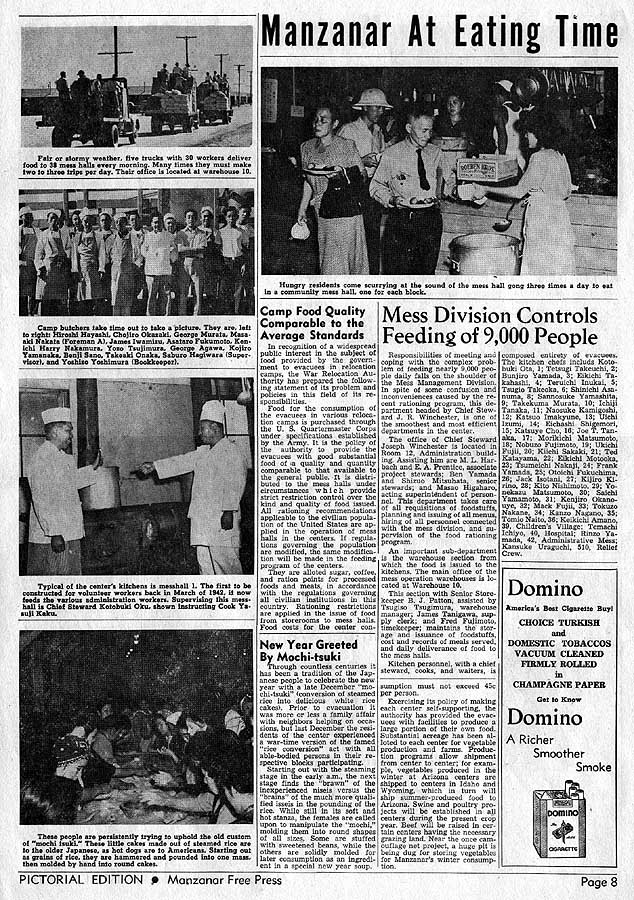Harry Ueno stood up to corrupt officials during the internment of Japanese Americans at Manzanar during World War II. Mr. Ueno, born in Hawaii, took a job on a merchant ship as a teenager and abandoned it when it docked on the American mainland. He settled in Los Angeles, where he married and reared three sons while selling produce.
That life was interrupted in 1941 after the Japanese bombed Pearl Harbor. Mr. Ueno and his family were taken to the Manzanar internment camp, at the base of Mount Whitney, which eventually housed 10,000 men, women and children.
While working in the mess hall, Mr. Ueno realized that camp operators were selling sugar, which was intended for his fellow internees, on the wartime black market. He confronted them and was arrested for beating up JACL leader Fred Tayama. An uprising ensued for Harry's release but then turned ugly as groups of men went looking for those who they thought were spies and began beatings across the camp. But at the police station where Harry was being held, the young soldiers panicked and fired into the crowd; two young internees were killed; eleven others were wounded in the official record. (Many more were wounded however didn't go to the hospital in fear of being arrested and therefore treated themselves. That number is unknown.) For more than three years, Mr. Ueno was moved from jail to jail around the West, spending a year in solitary confinement, though he was never charged with a crime or given a hearing.
After the war, he received $15 and a train ticket to San Jose, Calif. He began a new life there, raising strawberries and cherries and retiring in 1972. His story has been included in an oral history, "Manzanar Martyr"; a documentary film by a fellow internee, Emiko Omori, "Rabbit in the Moon"; and a book about the internment, "And Justice for All."
He died at the age of 97 in December of 2004.
http://www.choosingtoparticipate.org/resources/library/rabbit-moon-documentary-memoir
http://www.choosingtoparticipate.org/resources/library/rabbit-moon-documentary-memoir




2 comments:
This is really interesting.
Kristi, I love that you are my biggest fan! Thank you. :)
Post a Comment